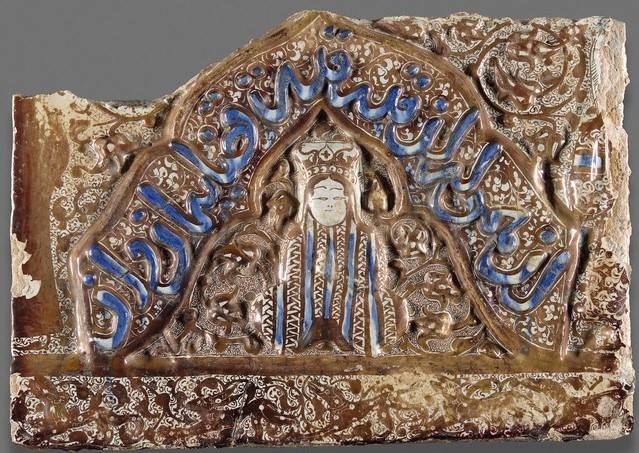Cultural Distortions in the Study of Iranian Art
@ University of Chicago Department of Art History
5540 S Greenwood Ave, Chicago, IL 60637
Opening Thursday, April 12th, from 5PM - 8PM
Yves Porter, Aix-Marseille Université
The historiography of Iranian art shows several phases of understanding, often subject to Western prejudices, and has been heavily ideologically instrumentalized. In parallel, during nineteenth and early twentieth centuries, the heritage of Iran has been durably plundered, before being locally “re-discovered”, especially during the Pahlavi period. Curiously, although the name of Persia was abandoned in 1925, it is still usual to speak of “Persian” art. Moreover, in the nearing regions such as Central Asia or the Indian subcontinent, the alleged “Iranian” influence has given birth to the notion of “Persianate”, thus typifying an example of hegemonic culture.
“Persian miniatures”, “Persian gardens”, “Persian four-iwan plan” are widely used concepts, even if not always accurate. Likewise, other expressions such as “miniature painting”, “Chinese cloud”, “waq-waq motif”, or “chahar-bagh” are used as terms for description, but are misleading and/or inappropriate. Moreover, as E. Wind (“On the Systematics of Artistic Problems”, 1925) wrote: Problems only come to light at the point when mere “description” is replaced by “interpretation”.
However, other descriptive approaches can be at hand; these are mainly based on the Logic of Practice (P. Bourdieu), and try adopting the artist’s or craftsman’s point of view, instead of the viewer’s; an example of this kind of method is the “formal opportunity”, developed by H. Focillon, L. Réau, or O. Pächt, for instance. The “formal opportunity” considers the place where the artist or craftsman has placed a motif, instead of concentrating on its meaning or symbolism, thus limiting the “interpretation” based on a multitude of possible “models”.
Finally, examining works of art on a micrographic scale will help us reassessing the impact of the “global-effect” and the determinism framed by “one track thinking”.
Presented by the Department of Art History as part of the 2017/18 Smart lecture series supported by the Smart Family Foundation.
Official Website
More events on this date
Tags: Chicago, Cultural Distortions in the Study of Iranian Art, Illinois, University of Chicago Department of Art History, Washington Park, Yves Porter

« previous event
next event »